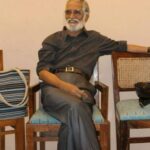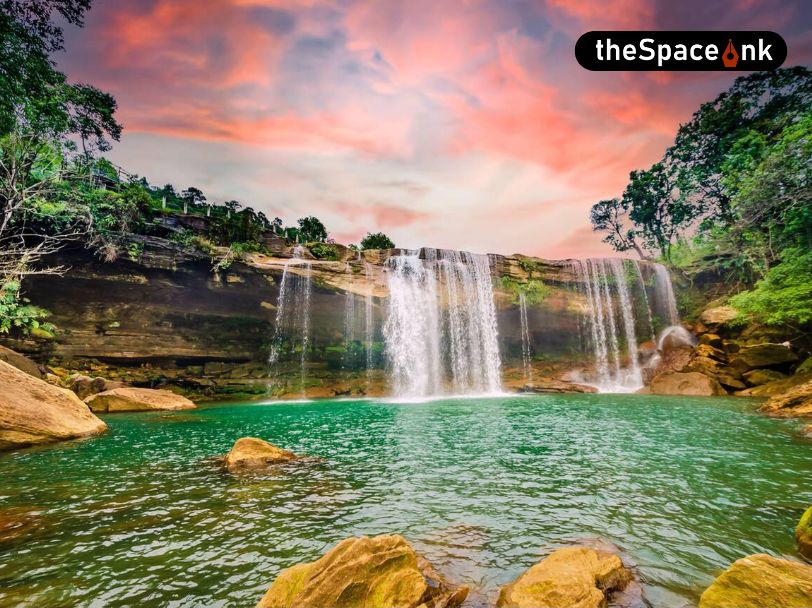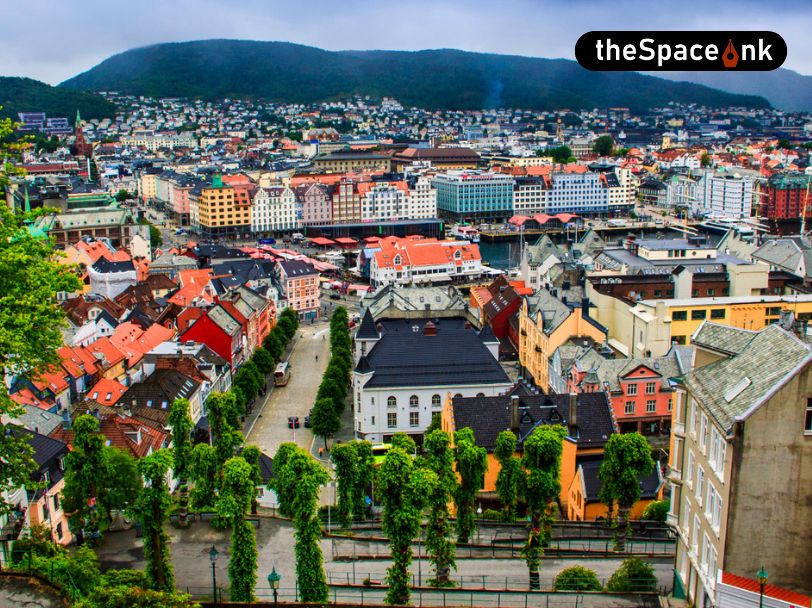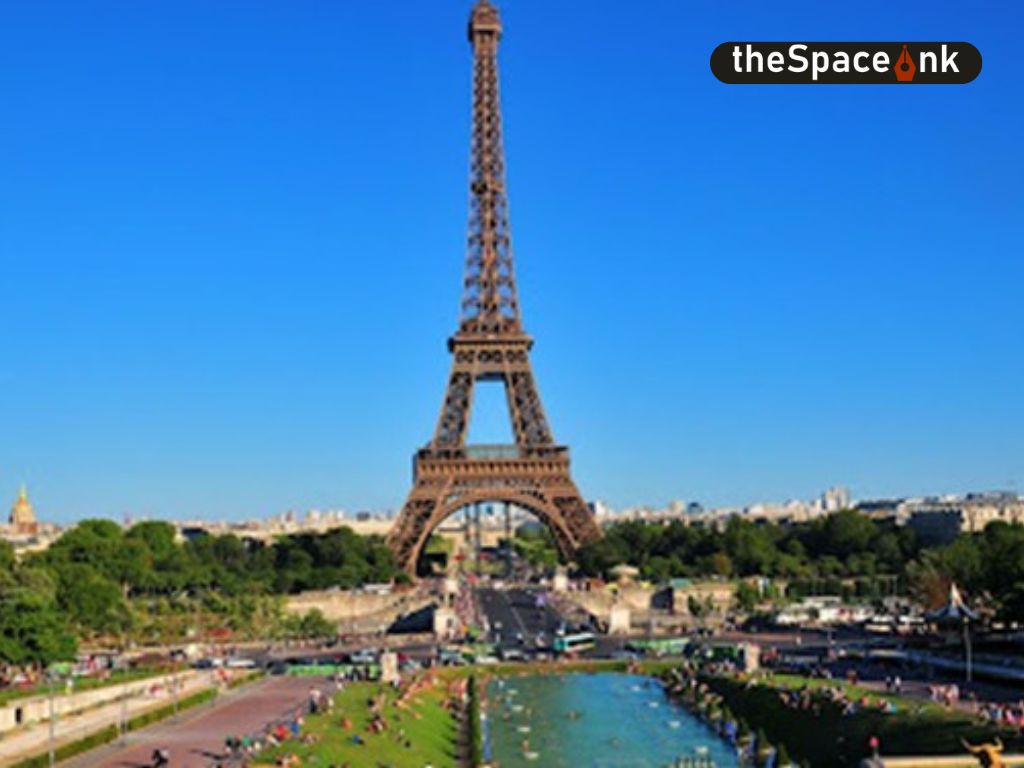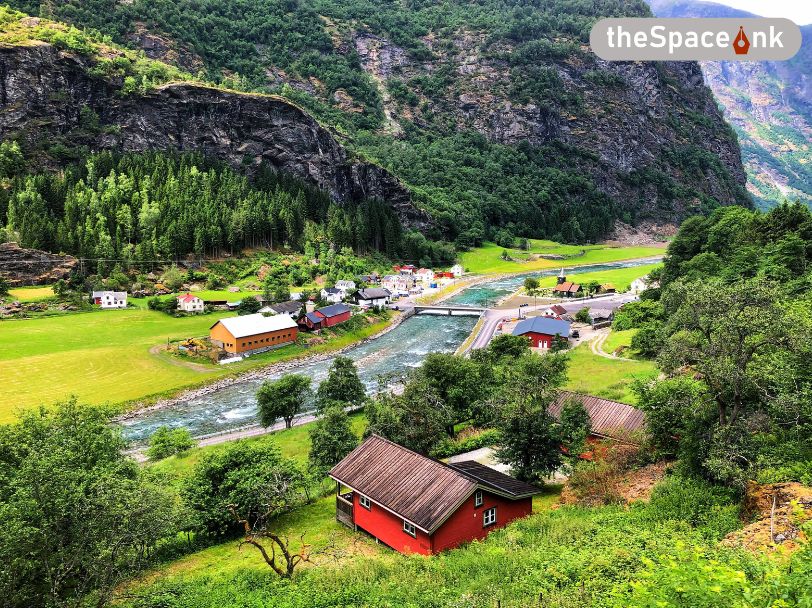For most, the Aral Sea is a blank in their knowledge spectrum. A few may have heard of it, but geographically they wouldn’t be able to put it on a map. Fewer still have read about it. It’s only the professional environmentalists, and the interested minuscule who are au fait with the name and all that it represents. And even of these, it’s only a single name and a single image, a composite of many photographs of the same sight which defines it: Moynaq, and its beached derelict fishing fleet. It’s something like Agra and the Taj Mahal defining India for the average western tourist. Moynaq (also known as Muynak) and its marine cemetery are the instant recall triggers. “Aral Sea? Wait a sec… Oh yes, all those rusting abandoned ships!”
In 2001 a young American ex-Peace Corps volunteer revisited Uzbekistan (his old PC domain) and travelled up to Moynaq to see what had become of the Aral Sea. He was aware of the disaster, the sea’s gradual death by cotton cultivation, human greed and stupidity. Two years later, in 2003 he published his first book, “Chasing the Sea”, his travel account which now ranks as one of the finest travel books on Central Asia, and frequently rivals Colin Thubron’s “The Lost Heart of Asia” in its outstanding poetry.

If there is any single written work which brought the Aral Sea to public attention it was Tom Bissell’s book. Not all the scientific papers, not all the weighty theses nor the reports of NGOs or even the UN study agencies achieved what this travelogue did. Bissell’s book makes one weep, often sob as at the death of some great noble being, an intensely personal loss – as indeed this sea was. Suddenly the world woke to a tragedy, sadly too late as with all such tragedies.
Also read: The Kyrgyztan Detour
Bissell’s book was the principal motivation for my own wish to see the Aral before it breathed its last. The once flourishing fishing port of Moynaq is three hours and two hundred kilometers from Nukus. The town– a bare agglomerate now of desultory dwellings, announced itself with a sign which looked like someone proudly holding it aloft with both arms, a fish below the name to remind one of its past. There was no urban bustle, not even the unhurried comings and goings of a village. Perhaps the weather was partly responsible – it still drizzled, and the cold was intense. But then these people would have been inured to it, with Saharan summers and Siberian winters. Till as recently as the ‘60s one reached the town by a ferry: in Soviet times it boasted beaches, and enjoyed the status of a minor resort for the better class of apparatchik.

Nothing much seemed to have changed since Bissell’s visit some fifteen years before. Except that we saw no tubercular children, no disease-ridden crones – victims of fertiliser and pesticide poisoning, collateral damage to the Aral’s demise which so broke his spirit. But then ours was only a brief lunch halt at the travel agency’s guest house – and this latter, with the lunch was almost Roman in luxuriance, a violent counterpoint to the grey grimness outside. Only the loo – a hundred-metre walk outside – brought one back to reality. Its use was dictated strictly by the direst need, and a hermetic suspension of the sensory and olfactory.
The town’s sole attraction, if that is the word, was a memorial to its past. The Aral Sea Museum at least hadn’t changed. It was still housed in a single large room, its exhibits – archaeological, paleontological and piscine- evidently hadn’t even been moved. Fossils, rusted anchors, ancient fishing nets, slabs of dried carp, tinned fish in showcases (the tins going back to God knows what date, evidence of the 60,000 tons of catch a year it once exported to the kitchens of Mother Russia). One wall displayed old black and white photographs of the Aral in its plenitude, with laughing fishermen on its waters; another, in contrast, showed its cancer-torn carcass, satellite images of the progressive metastasis. Behind these, on a large screen a video documentary played. It was like walking through a death room; except that our silence was not solemnity but a wordless grief.

The Museum shop outside, with samples of Karakalpak art and craft was dark. We were the only visitors. Surprisingly though it provided me with the one spot of cheer: a bag in an irresistibly lovely shade of blue with a Karakalpak motif. Someone said it was a ladies’ backpack, but that was hardly a deterrent. I bought it – and it was quite possibly the first sale the shop had made in months.

Twenty minutes later we were at what is now known as the Moynaq ship cemetery. The level of the now barren Aral Sea was somewhere below the road, and a flight of steep steps led down from a kind of viewing gallery. From that height the brown rusted hulks looked like toy boats left behind by children bored after play. Against the vast flatness broken only by clumps of saxaul bush and the grey-brown light they looked eerie, apocalyptic. Only up close their size loomed over one. Everything that could be stripped from them had been long taken, mostly by souvenir hunters. Only the immovable hulls remained, their windows like gaping eye sockets. A white pebble in abundance on the seabed served as perfectly serviceable chalk for writing graffiti on them.
Decades ago fishermen dug canals to steer their boats to the ever receding edge of the waters. In one of the most heart-rending of phrases they called it “Chasing the Sea”. Today nothing remains of that bootless chase.
Images courtesy: K V K Murthy
Mr K V K Murthy is a retired banker with mainly scholastic interests. He travelled extensively in Central Asia in the years 2014-18, and most recently
in Iran (August 2022). He lives in Bangalore.



